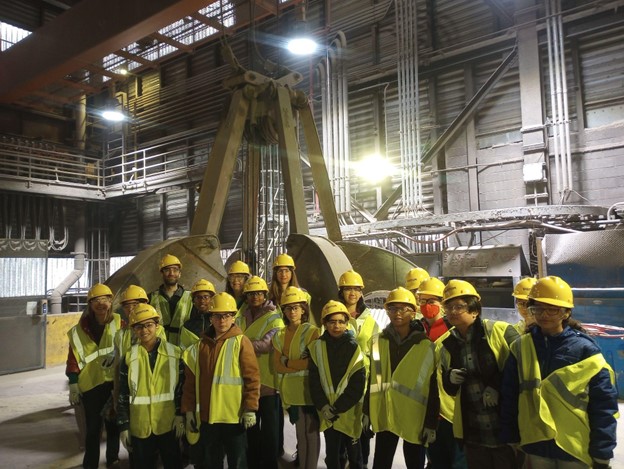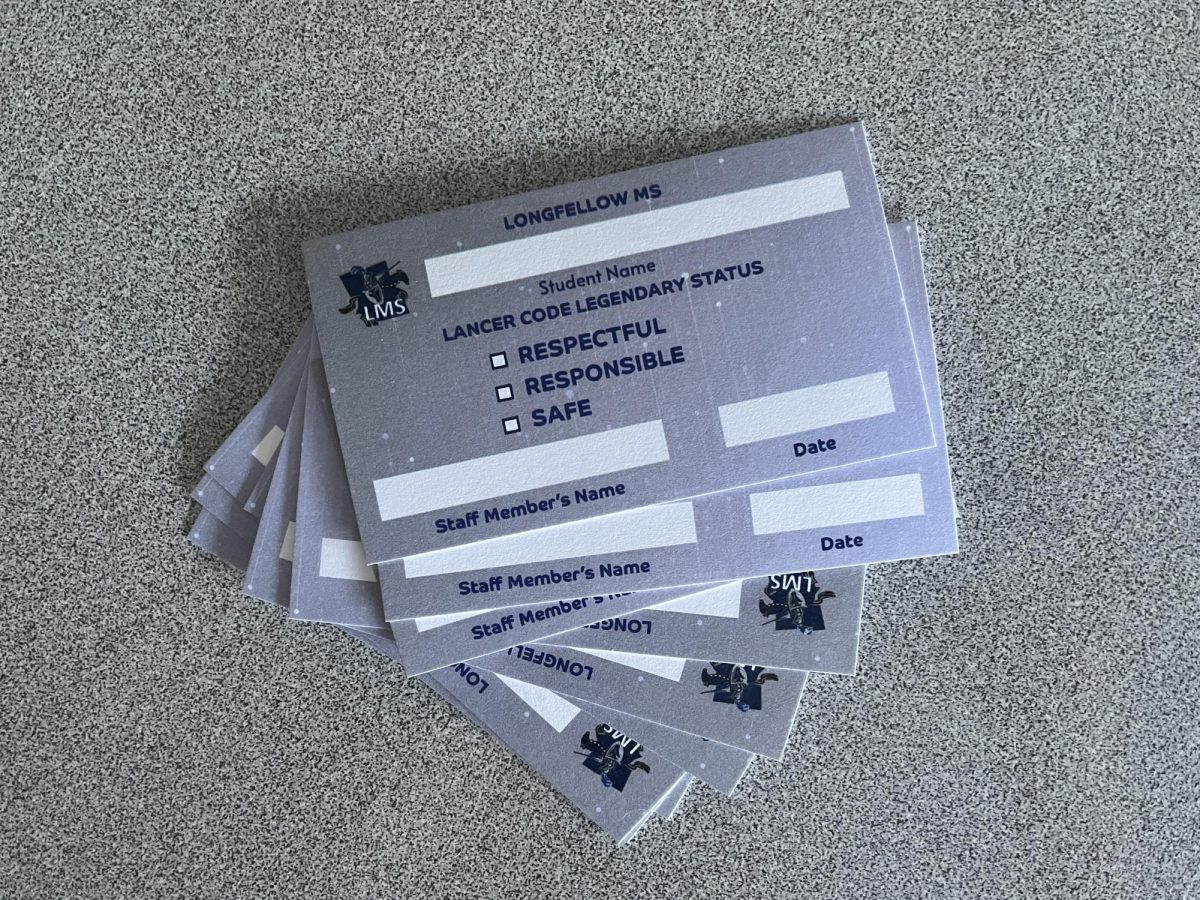At Covanta Waste to Energy Center, a handful of after-school club members witnessed another kind of waste management method after trash is handed over to the garbage truck.
“The week before the trip, we had Jessica Miller from Republic Waste (they are the ones who take our trash and recycling) come speak to the clubs. We went to Covanta to see what happens to our waste after it leaves the school,” said sponsor of the Eco-Action club Dr. Yannos Misitzis, who goes by Dr. Yannos to his students.
Dr. Yannos explained that the purpose of the field trip was to show students the degree of how much waste is produced and how big of a problem it is. Whether it was the sight or the stench, both were apparent.
After a long meeting, the club members saw their first glimpse of the tipping hall where the trash gets visually inspected for unsuitable items before being dumped into a giant pit. Those unsuitable items could be recyclable materials, batteries, or various electronics.
On the next floor, there is the trash pit. The Lancers viewed the large pit where the trash is transported, which can hold up to 20 tons of garbage. Trash that is transported from the tipping hall to the pit is mixed by a metal crane that then picks up the garbage and dumps it into various separate chambers, known as call hoppers. These funnels transport the trash into the combustion chamber. Waste is scorched there at temperatures reaching 2,000 degrees Fahrenheit for one to two hours.
After seeing the pit, the students went inside a computer room where the turbines were controlled.The heat from the burned waste turns water into steam and the steam rotates multiple turbines to produce electricity.
“Each ton of waste can generate 550-700 kilowatt hours of electricity,” their website Covanta.com proclaims. The steam that was used to generate electricity is condensed back into water and goes back to the boiler rooms creating an efficient system.
After burning, the ash is filtered out of the burned waste.
“For every 10 bags of trash [burned], only one bag of ash would go out. So there’s a huge volume reduction that occurs,” explained Don Cammarata, Covanta Fairfax’s business manager, who led the tour.
The metal is then extracted from the ash and is distributed as either containing iron or not. It is then all sold. The remaining ash is then placed in a landfill for it to turn back into soil.
Covanta then sells all of the metal they recover. Not wanting to contribute to climate change, Covanta cleans the gasses emitted from burning the trash. Those gasses tended to be acidic so Covanta neutralized it by adding lime, a base. They then pass through a huge box called a baghouse with bags acting as filters for the gas. These bags are frequently changed out and cleaned. Outside of the building, the filtered gas is visible from a distance where it comes out from a tall tower called a stack. When the various club members walked to the front door of Covanta Fairfax, they could see clouds of gas rising from the stack.
“The trip to Covanta helped us to understand just how much trash we make. When people just see the trash ‘disappear’ into a trash truck each week, it’s really hard to understand the scale to which people waste,” said Dr. Yannos.
Dr. Yannos and the fellow club members are now planning to make Longfellow more green little by little, starting off with a challenge for the Longfellow community: to increase the weight of monthly recycling and to decrease the weight of monthly trash. Please stay tuned for ways that the entire Longfellow community can add to this effort!








